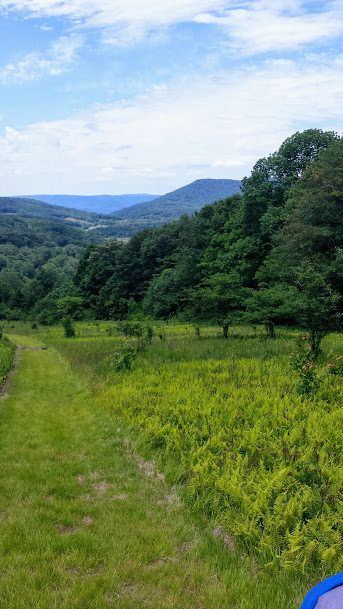Playing Safe on the Water and Trails

Great outdoor adventures can have great risks. We traditionally think about the risks of activities such as rock climbing, cliff jumping, and high gravity mountain biking, but what about paddling, boating, and hiking?
The Tennessee Valley Region offers adventures that are authentic. Weather, poor planning, and reckless disregard for safety notices can turn an adventure into a disaster.
Water Safety
Memorial Day Weekend is traditionally the first big weekend of the summer for many boaters. As you prepare yourself and your vessel for that fun day on the water don’t neglect water safety for you and for your guests.
Water safety is all about knowing your risks and taking appropriate actions. One of the easiest ways you can protect yourself is by wearing a personal flotation device when you take to the water to boat or paddle.
Here in the Tennessee River Valley, our waterways have seasonal fluctuations and varying levels of boat traffic. Each year, there are drownings that may have been preventable if the boater or paddler had been wearing a life jacket.
May 21 to May 27 is National Boating Safety Week. Safety begins with risk assessment. If you are planning to paddle a river or new waterway that you have not paddled before, know before you go. Are there hazards such as low head dams or strong current conditions to be aware of? For boaters, make sure you check for hazards that might be submerged and, always adhere to boating rules for passing another boater. Stay alert to other boat traffic around you.
Finally, be the “designated driver” to make sure everyone makes it back to land safely. When the boat is in motion, ask your guests to wear their life jackets. Paddlers, be the expert for what to anticipate on your paddling adventure.
Trail Safety
The large tracts of public lands have excellent trail systems laid out. These same public lands, forests, wild life management systems are also home to wildlife including bears. Heed the rules of the trails. If you are unfamiliar with the trail, do some research- How long does the trail take to hike? How do seasonal changes impact the trail? Bring adequate water and wear appropriate footwear. Many accidents on trails are due to people underestimating the time needed to hike a trail or by falling due to slippery conditions or trip hazards. Our trails will often have stream crossings and rocky footing.
Also know that weather conditions can change. Afternoon rain is common in the mountainous eastern portion of the Valley, while severe summer afternoon thunderstorms can poise hazards in the western region. Flash floods are especially dangerous for back country camping and hiking. Prepare a trip plan and share it with someone who is not hiking with you. The National Park Service has created a list to help you create a plan.
Safeguarding the trails
Stewarding the rivers and trails is dependent on you. Most trail users know the 7 principles of Leave No Trace. Practicing adherence to each principle is an opportunity for you to be part of the network of trail stewards that are safeguarding the trails from feckless visitors. Nature is a canvas that is not improved with the litter of human waste. The fragile relationship between these places and visitors is dependent on the actions of each traveler.
Always know before you go. Unlike a controlled park environment, the public lands in the Tennessee Valley are natural wildlife and conservation areas. Your safety is your own responsibility. Your actions impact the ecosystem.

Recent Comments